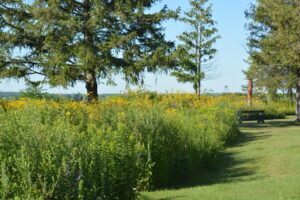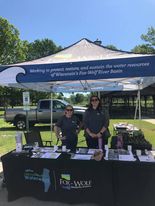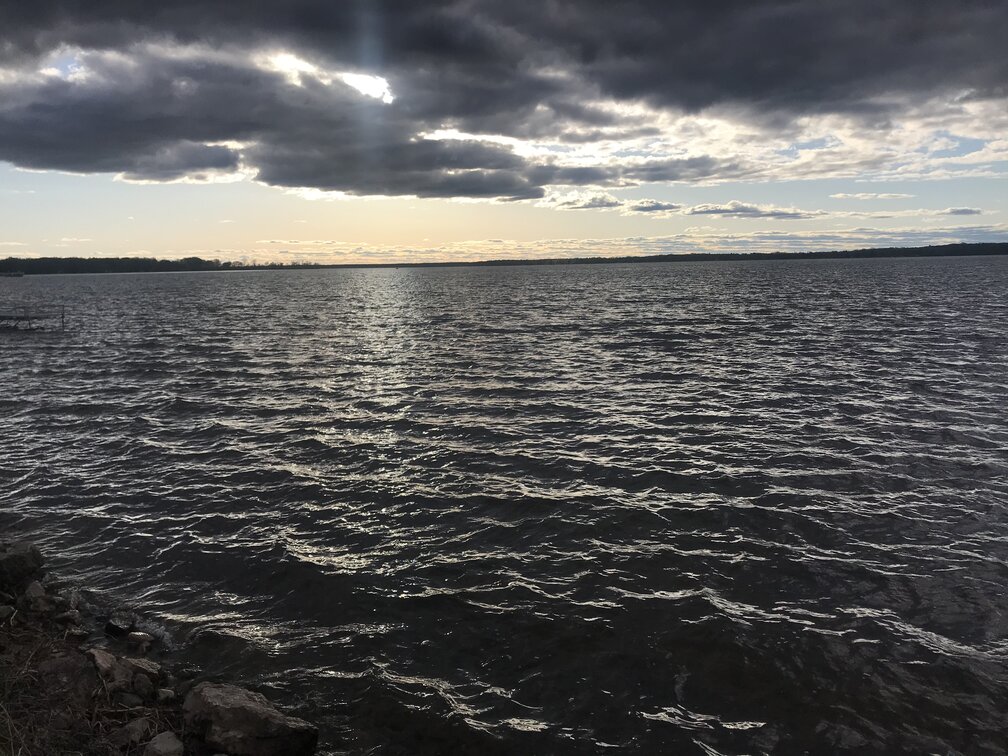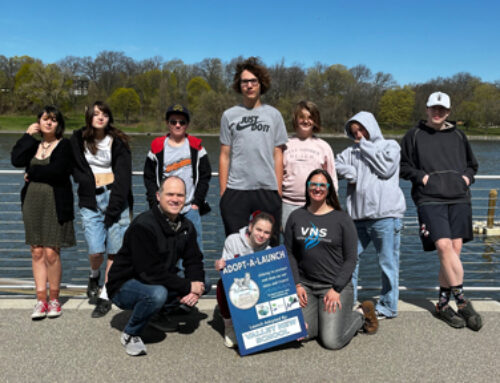Like so many lakes around the state of Wisconsin, a lake management plan was created for the Winnebago Pool Lakes. The Winnebago Pool Lakes designation includes Lake Poygan, Lake Winneconne, Lake Butte des Morts, and Lake Winnebago. The difference from your average recreational lake and the Winnebago Pool Lakes is, obviously, the size.
According to Wisconsin Lake’s Living on the Lake post, when you break down Wisconsin’s more than 15,000 lakes into lake size ranges, approximately:
- 12,000 lakes are 50 acres and less
- 1,300 lake are 50 to 200 acres
- 414 lakes are 200 to 500 acres
- 268 lake are 500 plus acres
Lake Poygan is 14,024 acres, Lake Winneconne is 4,553 acres, Lake Butte des Morts is 8,581 acres, and Lake Winnebago is a whopping 131,939 acres. Lake Winnebago is almost 10 times larger than Lake Poygan!
Now, back to their similarities to your average Wisconsin lake.
The Winnebago Pool Lakes, similar to many of our smaller lakes in Wisconsin, face internal and external pressures on their water quality and aquatic habitat. This includes internal nutrient loading, harmful algae blooms, loss of aquatic habitat, an invasion of exotic plants and animals, and polluted run-off entering the lake due to watershed practices.
The goals of the Winnebago Waterways Lake Management Plan are very similar to the goals created for lakes across the state: improve water quality in the system, reduce nutrient pollution, increase presence of shoreline buffers and rain gardens, partner with local agencies and groups to improve the lake, keep new aquatic invasive species out of the lake, and improve habitat within the lake.

But here is where we get back to the difference in size. Improving water quality in a system as large as the Winnebago Pool Lakes is a huge undertaking. This is because the lake system drains an even larger watershed that spans over 5,700 square miles in the Upper Fox and Wolf River Basins! To meet water quality targets, sediment and phosphorus pollution needs to be reduced from many sources across the drainage basin.
This is where the Winnebago Waterways Program at Fox-Wolf Watershed Alliance and our many partner organizations come in.
Korin Doering, Director of Winnebago Waterways, has worked tirelessly to ensure that the protection of the Winnebago Pool Lakes is a priority for the communities around the system. This includes working with partners to create the stakeholder driven, comprehensive lake management plan. Chris Acy, Fox-Wolf Aquatic Invasive Species Coordinator, worked with Korin to write the AIS portion of the plan and Jessica Schultz, Executive Director, led the development of the watershed management section of the lake plan. This plan is huge. There are: 9 Management Topics, 30 Objectives, 170 recommendations, and 525 actions items set in a 20-year timeframe. The lake management plan can be found on our website and was approved in 2020.
The next step of any approved lake management plan is implementation. A lot of lake groups run into the problem where they work towards, and more often, pay towards the creation and approval of their lake management plan but then it sits on the shelf.
The Winnebago Waterways Program did not want to see that happen, a lot of momentum for the system was built during the lake management planning phase. The Fox-Wolf Watershed Alliance applied for and received a DNR management plan implementation grant in 2021 to kick-start recovery efforts.
The 3-year DNR grant enabled Fox-Wolf to add Emily Henrigillis to the Winnebago Waterways team in June 2021. Emily previously worked in Shawano and Menominee Counties helping lake groups implement their lake management plans. If you want to read more about Emily Henrigillis and her background, head on over to this blog post on Fox-Wolf’s website.
 The Kickstart for Implementation Grant will help establish regional programs to increase likelihood of implementation success. This includes creation of a shoreland restoration program, coordination of a volunteer-based water quality monitoring program, facilitation of cooperative implementation among numerous organizations and across multiple jurisdictions, and building additional community support for lake recovery. A few examples of specific deliverables include: creation and distribution of an annual water quality report card, installation of shoreline BMPs, development of a shoreline stewards’ recognition program, creation of a volunteer-based native plant growing program, facilitation of the Winnebago Water Level Assessment Team, hosting workshops, social media outreach, monthly e-newsletters, site visits with lakeshore property owners, volunteer trainings, exhibiting, and much more!
The Kickstart for Implementation Grant will help establish regional programs to increase likelihood of implementation success. This includes creation of a shoreland restoration program, coordination of a volunteer-based water quality monitoring program, facilitation of cooperative implementation among numerous organizations and across multiple jurisdictions, and building additional community support for lake recovery. A few examples of specific deliverables include: creation and distribution of an annual water quality report card, installation of shoreline BMPs, development of a shoreline stewards’ recognition program, creation of a volunteer-based native plant growing program, facilitation of the Winnebago Water Level Assessment Team, hosting workshops, social media outreach, monthly e-newsletters, site visits with lakeshore property owners, volunteer trainings, exhibiting, and much more!
The work that will be completed under this DNR grant complements other Winnebago Waterways Program initiatives that are funded through different sources including large scale habitat restoration projects and agricultural conservation (such as our Soil Health in Progress initiative). Check out www.winnebagwaterways.org for examples of current projects!
The successes we have experienced so far would not have been possible without the commitment of Winnebago, Calumet, and Fond du Lac Counties through their Intergovernmental Cooperative Agreement, the support of the county elected officials who serve on the Winnebago Waterways Committee, and the dedication of the Winnebago Waterways Steering Team members.
Keep your eyes peeled for the work being done in the Winnebago Waterways. We are happy to share ideas and successes with any lake group that is hoping to further their implementation.






